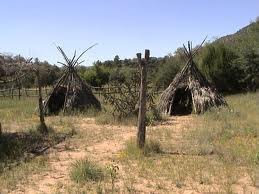American Indian Reservations Photos and Images
Sioux Indians at Standing Rock, North Dakota circa 1880s
Cherokee Indian Reservation in North Carolina
Dakota Sioux Reservations in the Badlands
Dakota Sioux Reservation in the Badlands
Yuma Indians on the Reservation
Apache Indian Houses on the Reservation
Lakota Sioux Male Photographed on the Reservation
Northwest Indians Photographed on a Reservation in Washington State
Mandan Indians Photographed on the Reservation
Hopi Indians Performing the Snake Dance on the Reservation
Indian Reservation in Montana
Northwest Indian Reservation in the State of Washington
Shoshoni Indian Reservation
Crow Indians Photographed on the Reservation
Cheyenne Indians Being Forced on to the Reservation
Cayuga Iroquois Indian Reservation Map
Choctaw Indians Photographed on the Reservation
Iroquois Indians Photographed on the Reservation
Crow Indians Photographed on the Reservation
Cherokee Indian Family Photographed on the Reservation in North Carolina
Hopi Indians Farming on the Reservation



















.jpg)















